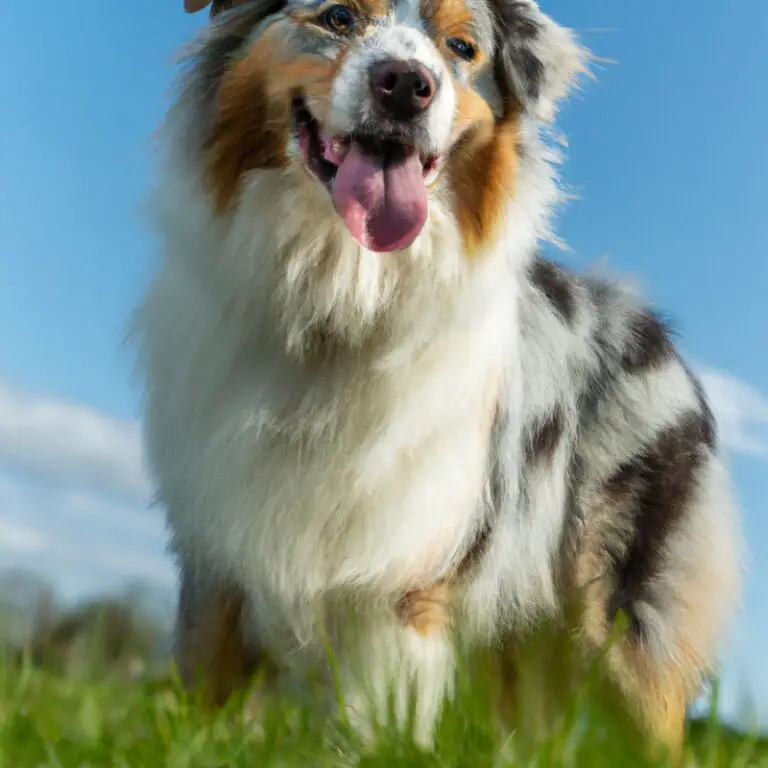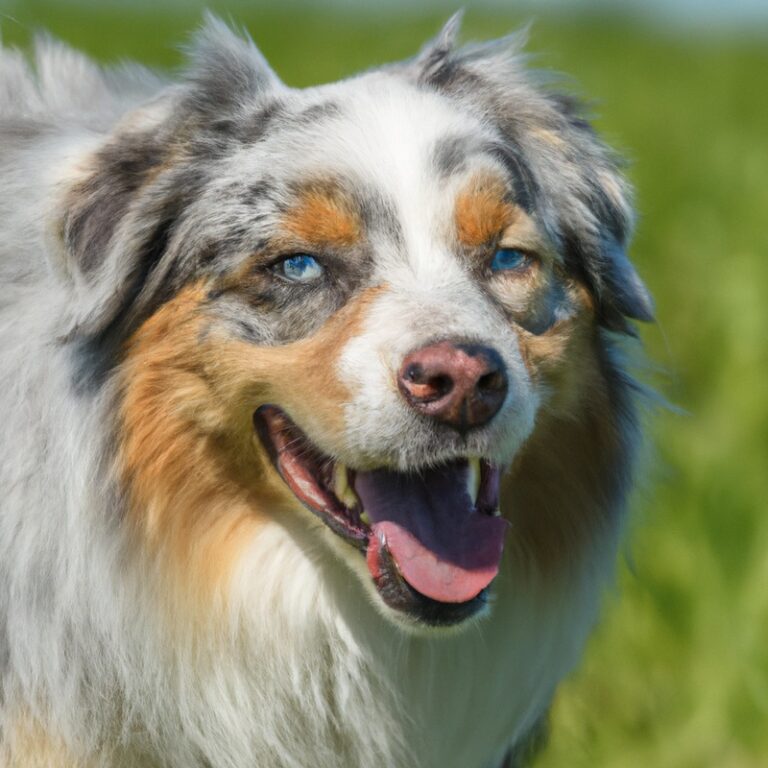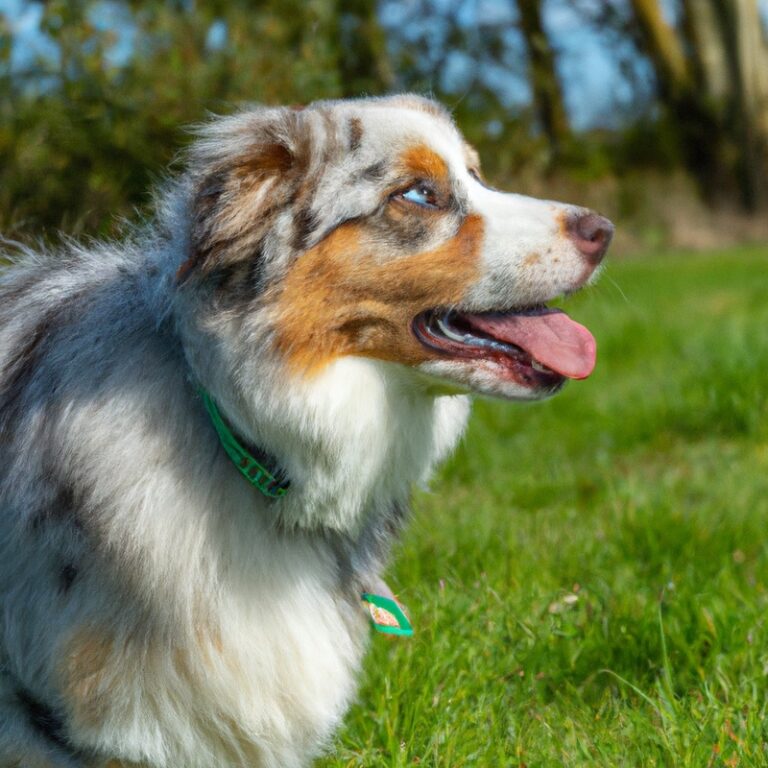How Do Australian Shepherds Behave When Introduced To New Rodents Like Rats Or Mice?
Key Takeaways:
- Australian Shepherds may show natural herding instincts when introduced to rodents like rats or mice.
- They might display alertness, curiosity, and possible prey drive in response to these small animals.
Imagine bringing home a new furry friend, only to find out that your Australian Shepherd has a different idea of bonding. Will they see it as a playmate or a potential snack?
With their instinctive herding and hunting abilities, it’s natural to wonder how these intelligent and energetic dogs will react to smaller animals like rats or mice.
As someone who has had personal experience with Australian Shepherds and their fascinating temperament, I can confidently tell you that understanding their breed characteristics and adopting the right approach can make all the difference. In this article, I’ll delve into the captivating world of Australian Shepherds and guide you on introducing them to new rodents, ensuring a harmonious household for all.
So, hold on to your leashes as we embark on this intriguing journey together!
| Behavior | When introduced to new rodents like rats or mice |
|---|---|
| Curiosity | Australian Shepherds may exhibit curiosity towards new rodents. They might investigate, sniff, and observe them. |
| Prey drive | Due to their inherent herding and hunting instincts, Australian Shepherds may display a prey drive towards rodents. They might chase, try to catch, or even attempt to harm them. |
| Alertness | Australian Shepherds are often alert and vigilant. When introduced to new rodents, they might intensely focus on the rodents, keeping a watchful eye on their movements. |
| Temperament variations | Individual variations in temperament can occur. Some Australian Shepherds may show less interest or aggression towards rodents, while others might display a stronger drive to chase or capture them. |
| Training and socialization | Proper training and socialization can help modify Australian Shepherds’ behavior towards rodents. With training, they can learn to coexist peacefully with small animals and understand appropriate behaviors. |
Understanding Australian Shepherds
Australian Shepherd Characteristics
Australian Shepherds are known for their intelligence and agility. They are medium-sized dogs with a sturdy build and a thick double coat.
These dogs have a strong work ethic and were originally bred for herding livestock.
They have a natural inclination towards being active and need plenty of exercise to keep them mentally and physically stimulated. Australian Shepherds are also highly trainable and love to work.
They excel in activities such as obedience, agility, and herding trials.
These dogs are loyal, protective, and make excellent companions for active individuals and families. They have a friendly and affectionate nature but can be reserved with strangers.
Australian Shepherds are known for their strong instincts and may display herding behaviors, such as nipping or chasing, if not properly trained and socialized.
It’s important to provide them with consistent training, socialization, and mental stimulation to ensure they are well-behaved and happy pets.
Australian Shepherd Temperament
Australian Shepherds have a friendly and energetic temperament. They are known for being intelligent, loyal, and highly trainable dogs.
They have a strong desire to please their owners, which makes them excellent working and family pets.
Australian Shepherds are typically good with children and other pets if properly socialized. They thrive in an active and stimulating environment and require regular physical and mental exercise to prevent boredom and destructive behavior.
Australian Shepherds are known to be alert and protective, making them excellent watchdogs.
However, they may be reserved with strangers and exhibit herding behaviors, such as nipping or chasing. With early socialization and consistent training, Australian Shepherds can make wonderful companions for the right owner or family.
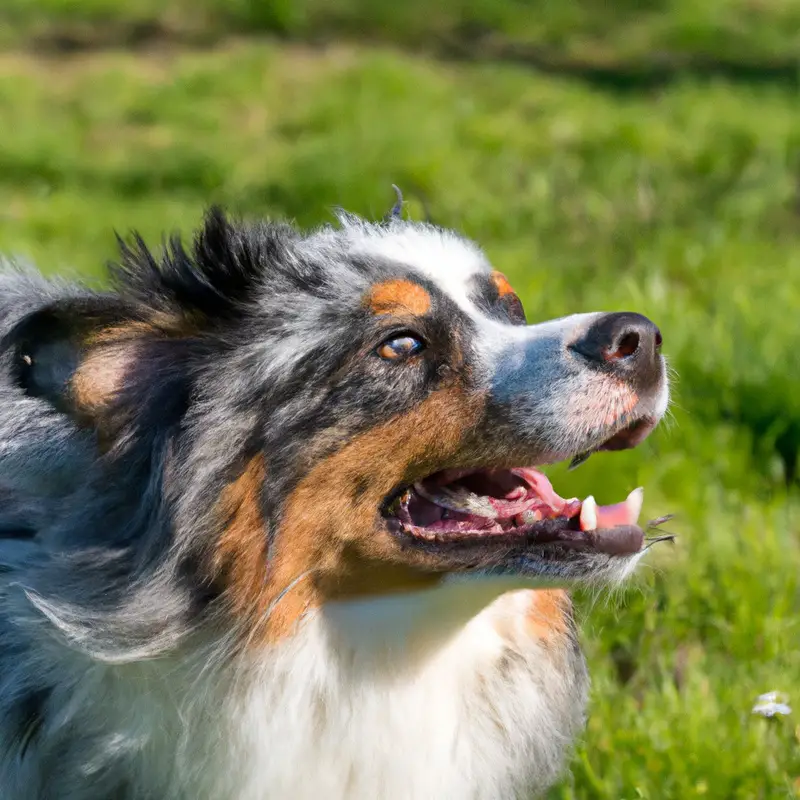
Introducing Australian Shepherds to New Rodents
Australian Shepherds’ Prey Drive
Australian Shepherds have a strong prey drive. This means that they have a natural instinct to chase and capture small animals, such as rodents like rats or mice.
It’s important to be aware of this instinct when introducing an Australian Shepherd to a new rodent.
Their prey drive can be both a positive and a negative trait. On the positive side, it makes them excellent herding dogs and can be harnessed for activities like agility training.
However, it can also lead to undesirable behavior if not properly managed.
When introducing an Australian Shepherd to a new rodent, it’s crucial to take a slow and controlled approach. This means gradually exposing them to the rodent in a safe and controlled environment.
Positive reinforcement training is also important, rewarding the Australian Shepherd for calm and controlled behavior around the rodent.
It’s vital to always supervise interactions between an Australian Shepherd and a rodent, especially in the beginning stages. Watch for signs of aggression or anxiety, such as growling, barking, or excessive chasing behavior.
If any signs of aggression or anxiety are observed, it’s best to separate the dog and the rodent and seek guidance from a professional dog trainer or behaviorist.
Remember, each Australian Shepherd is unique and may vary in their prey drive and reactions to rodents. It’s important to approach introductions with a patient and understanding mindset, while prioritizing the safety and well-being of both the dog and the rodent.
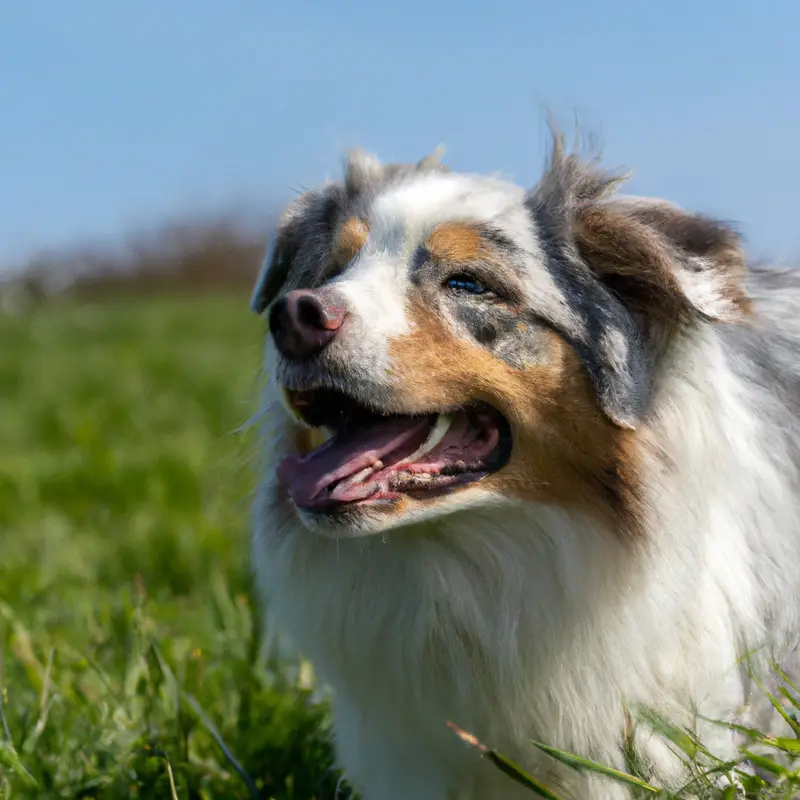
Slow and Controlled Introduction
When introducing Australian Shepherds to new rodents like rats or mice, it’s important to take things slow and have controlled interactions. This allows the dog to become familiar with the rodents in a safe and controlled environment.
Start by keeping the dog on a leash and allowing them to observe the rodents from a distance.
Gradually decrease the distance between the dog and the rodents, always monitoring their reactions. Positive reinforcement training techniques can be used to reward calm and non-aggressive behavior.
Always supervise these interactions closely and watch for any signs of aggression or anxiety in the dog.
Taking a slow and controlled approach helps ensure a safe and positive introduction between the Australian Shepherd and the new rodents.

Positive Reinforcement Training
Positive reinforcement training is crucial when introducing Australian Shepherds to new rodents. Instead of using punishment or force, this training method focuses on rewarding desired behaviors.
I use treats, praise, and affection to reinforce good behavior, such as staying calm and controlled around rodents.
By consistently rewarding positive behavior, I can help my Australian Shepherd develop a positive association with rodents and reduce any potential prey drive. This training approach helps build trust and ensures a safe and positive interaction between my dog and the rodents.
Supervised Interactions
Supervised interactions are essential when introducing Australian Shepherds to new rodents like rats or mice. When I supervise these interactions, I make sure to closely monitor both the dog and the rodent to ensure their safety.
It’s important to create a controlled environment where the dog is on a leash and the rodent is in a secure and inaccessible space.
I pay attention to the body language of the Australian Shepherd and look for signs of curiosity instead of aggression. If the dog shows signs of anxiety or aggression, I intervene immediately and separate them.
Supervised interactions also give me an opportunity to reinforce positive behavior.
I reward the dog with treats or praise when they show calm and non-threatening behavior towards the rodent. This helps them associate positive experiences with the presence of rodents, helping to reduce prey drive in the future.
Remember, each dog is unique and may behave differently when introduced to rodents.
It’s important to be patient and take things at the dog’s individual pace. With careful supervision, positive reinforcement, and respectful introductions, Australian Shepherds can learn to coexist peacefully with rodents.
Signs of Aggression or Anxiety
When introducing Australian Shepherds to new rodents like rats or mice, it’s important to watch for signs of aggression or anxiety. These signs can include growling, barking, lunging, raised hackles, and excessive panting.
An aggressive dog may also display stiff body language and may attempt to chase or bite the rodents.
On the other hand, an anxious dog might cower, tuck its tail between its legs, or try to avoid the rodents altogether. It’s crucial to pay close attention to your dog’s behavior and intervene if necessary to prevent any harm to the rodents or your dog.
Final Verdict
As an expert in Australian Shepherds, I can confidently say that their behavior when introduced to new rodents like rats or mice can vary. While some Australian Shepherds may exhibit a prey drive, it is crucial to introduce them slowly and in a controlled manner.
Positive reinforcement training and supervised interactions are key to ensuring a safe and harmonious relationship between your Australian Shepherd and rodents.
It is important to remain vigilant for any signs of aggression or anxiety and address them promptly. By following these guidelines, you can foster a peaceful coexistence between your Australian Shepherd and rodents.


